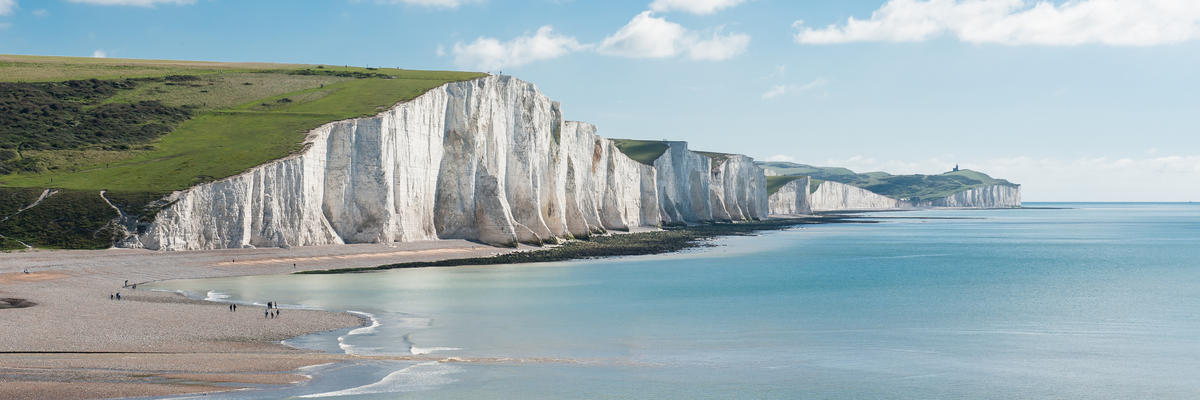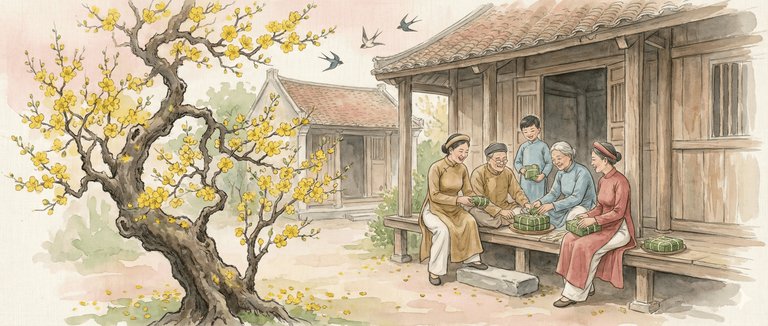
Ao Dai: The Symbol of Vietnamese Beauty and Culture
Historical Development
The Ao Dai has undergone a long journey of transformation and innovation. From the Ao Giao Linh (17th century), Ao Tu Than, and Ao Ngu Than, to the innovations by artists Cat Tuong and Le Pho in the 1930s, which created the form of the Ao Dai as we know it today. The modern Ao Dai is form-fitting with two long, flowing flaps, being both modest and accentuating the charming curves of a woman’s body.
Subtle Beauty
The beauty of the Ao Dai comes from the harmonious combination of many elements:
- Design: The Ao Dai has a high collar, long sleeves, and two flaps split along the hips, worn with wide-legged trousers. This design creates an elegant and graceful appearance with every step.
- Material: The Ao Dai can be made from various fabrics such as silk, brocade, chiffon, satin, etc., each material bringing a unique beauty and feel.
- Patterns: The patterns on the Ao Dai are often very rich, from flowers, phoenixes, and bronze drums to landscapes of the homeland, all exquisitely rendered.
The Ao Dai in Life
The Ao Dai is not a costume reserved only for the past. Today, the Ao Dai is still present in many aspects of life:
- Festivals and Important Events: During Tet holidays, weddings, or cultural events, the Ao Dai is always the top choice for Vietnamese women.
- School Uniforms: The image of female students in white Ao Dai has become a beautiful symbol of school life.
- Fashion and Art: The Ao Dai is a continuous source of inspiration for fashion designers, appearing in many collections and being showcased on major stages both at home and abroad.
The Ao Dai is more than just a piece of clothing. It is a source of pride, a cultural heritage, and a beautiful story about the country and people of Vietnam.
